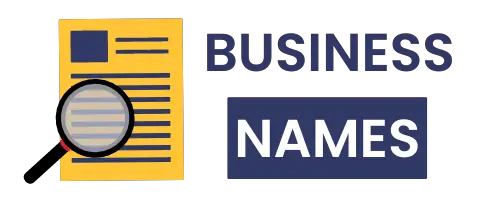Staring at my bank statement on my 45th birthday, I felt sick. $4,000 in savings. $28,000 in credit card debt. A neglected 401(k) with barely $60,000. Retirement? More like a financial nightmare waiting to happen.
Maybe you’re in the same boat. That sinking feeling when you realize you’re woefully behind on retirement savings. The sleepless nights wondering if you’ll ever catch up. The fear of working until you drop because you can’t afford to stop.
But here’s what changed everything: I refused to accept that fate. Over the next 10 years, I executed a ruthless catch-up plan that transformed my financial life completely. Today, I’m sharing exactly how I did it.
The Wake-Up Call: Facing Harsh Realities at 45

My 45th birthday arrived with a sobering realization that shook me to my core. I was exactly halfway between my high school graduation and traditional retirement age.
This mathematical truth hit harder than any financial advisor’s warning ever could. Here I stood, middle-aged and financially unprepared for the inevitable.
Numbers don’t lie, and mine were brutal. My savings account held a pathetic $4,000 while credit card debt totaled $28,000 at crushing interest rates. My 401(k) balance of $60,000 was embarrassingly low for someone my age.
According to the Employee Benefit Research Institute, I wasn’t alone in this predicament. Nearly 46% of Americans have zero retirement savings, and a lot of them have less than $10,000 saved.
The statistics painted an even grimmer picture for people approaching 50. According to a new AARP survey, 20% of adults ages 50 and older have no retirement savings whatsoever.
Another 61% worry constantly about not having enough to support themselves in retirement. I was heading straight toward becoming one of those statistics unless I took immediate, drastic action.
My 10-Year Catch-Up Blueprint
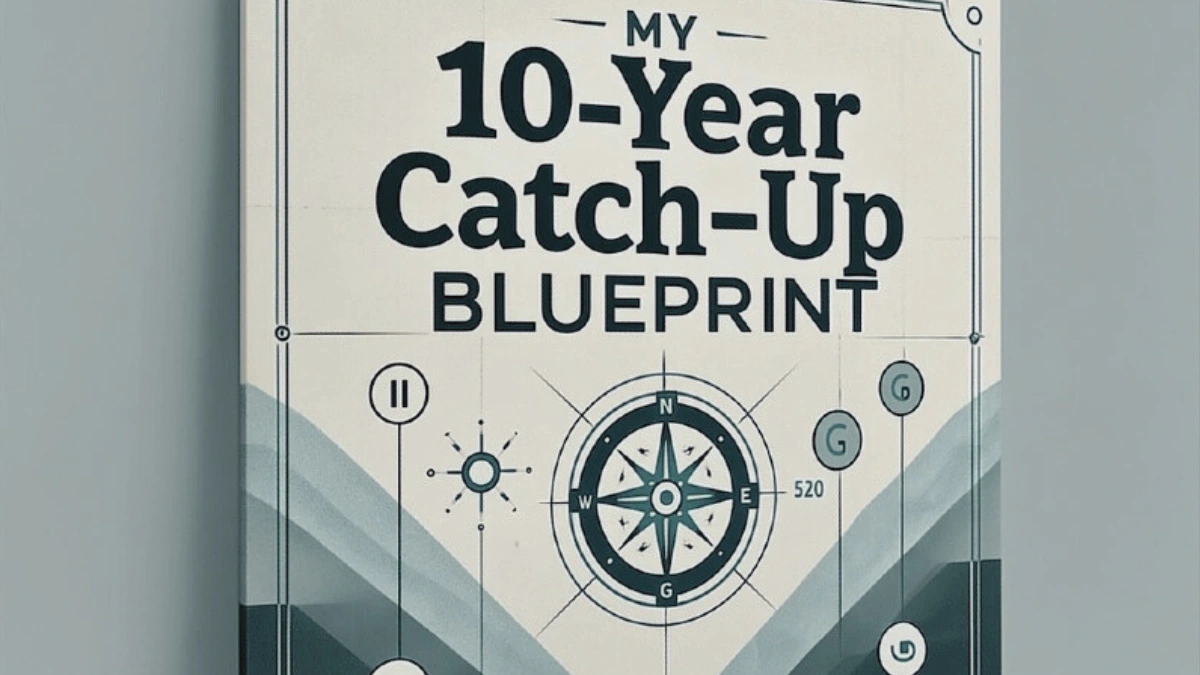
Creating a comprehensive financial recovery plan required brutal honesty and unwavering commitment. I knew traditional retirement advice wouldn’t work for someone starting this late in life.
My situation demanded aggressive strategies, significant sacrifices, and laser focus on maximizing every available opportunity.
The blueprint I developed consisted of three distinct phases, each building upon the previous one.
Phase one focused on establishing a solid foundation through budgeting and debt elimination. Phase two accelerated savings and income generation. Phase three maintained sustainable habits while building long-term wealth.
Phase 1: Foundation and Discipline (Months 1-6)
This initial phase was about stopping the financial bleeding and establishing control over my money. Every dollar needed to be accounted for, and every expense had to be justified.
1. The Naked Budget: Tracking Every Dollar

Financial transformation begins with complete transparency about spending habits. I downloaded budgeting software and linked every account, from checking to credit cards to retirement plans.
For 90 consecutive days, I tracked every single expense, no matter how small. This exercise was uncomfortable but necessary.
The results were shocking and eye-opening. I discovered $650 monthly was disappearing on restaurant meals and daily lunches. Another $120 vanished on forgotten subscriptions and services I rarely used.
Impulse purchases consumed an additional $250 each month. Only 55% of my take-home pay went to true essentials like rent, utilities, and groceries.
Armed with this data, I created a zero-based budget where every dollar had a specific purpose before being spent.
This wasn’t just tracking expenses but giving each dollar a job. The immediate result was freeing up $1,200 monthly that had been evaporating into lifestyle inflation and mindless spending.
2. Debt Annihilation Protocol: The Debt Avalanche and Balance Transfers
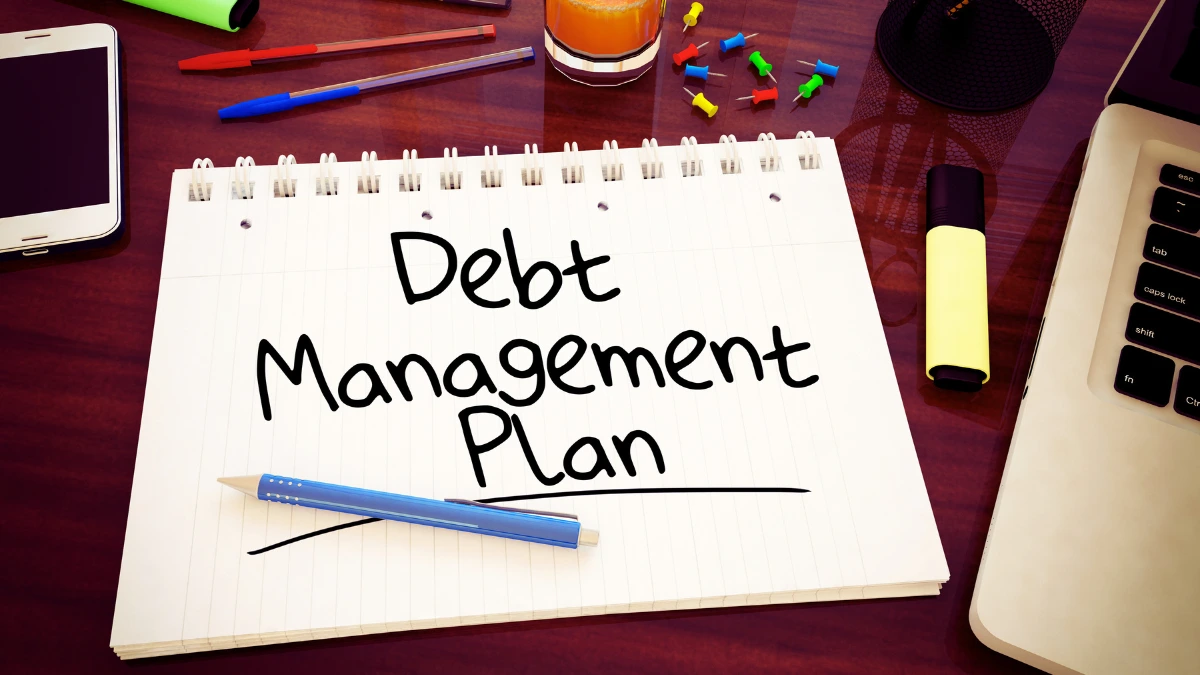
Credit card debt was my biggest enemy, growing at rates between 19.99% and 24.99% annually.
Trying to save for retirement while carrying this burden was like filling a bucket with holes in the bottom. I implemented what I called the “Debt Avalanche Protocol” to eliminate this financial cancer.
First, I transferred $12,000 of my highest-interest debt to a 0% introductory APR card for 15 months.
This immediately stopped thousands in interest charges and gave me breathing room. Next, I listed all remaining debts by interest rate and attacked the highest rate first while paying minimums on everything else.
Every freed-up dollar from my budget overhaul, plus additional income from side hustles, went straight to debt elimination.
I made significant sacrifices: no vacations, no restaurant meals, and a strict grocery budget of $250 monthly.
I sold my newer car and bought a reliable used Honda Civic for $5,000 cash. Within 33 months, I was completely debt-free except for my mortgage.
Phase 2: Accelerate Savings & Income (Months 7-120)
With debt eliminated and spending under control, I shifted focus to aggressive wealth building. This phase required maximizing every available savings opportunity while simultaneously increasing income streams.
3. Retirement Catch-Up Overdrive: Maxing Contributions

The moment debt payments ended, I redirected every available dollar into retirement accounts. IRS catch-up contribution rules became my secret weapon after turning 50.
I immediately increased my 401(k) contribution to capture the full employer match, then systematically increased contributions until I was maximizing both standard and catch-up limits.
My 401(k) contributions reached $30,500 annually by 2024 ($23,000 standard plus $7,500 catch-up). I also opened a Roth IRA and maxed out contributions at $7,500 annually after age 50.
The Roth was crucial because I expected to be in a similar or higher tax bracket in retirement, making tax-free withdrawals valuable.
Investment strategy remained simple but effective: 70% US total stock market index funds, 20% international stock index funds, and 10% bond index funds. I automated all contributions and rebalanced annually.
This boring approach delivered consistent results without the stress of trying to time markets or pick individual stocks.
4. Dual Income Surge: Boosting Earnings
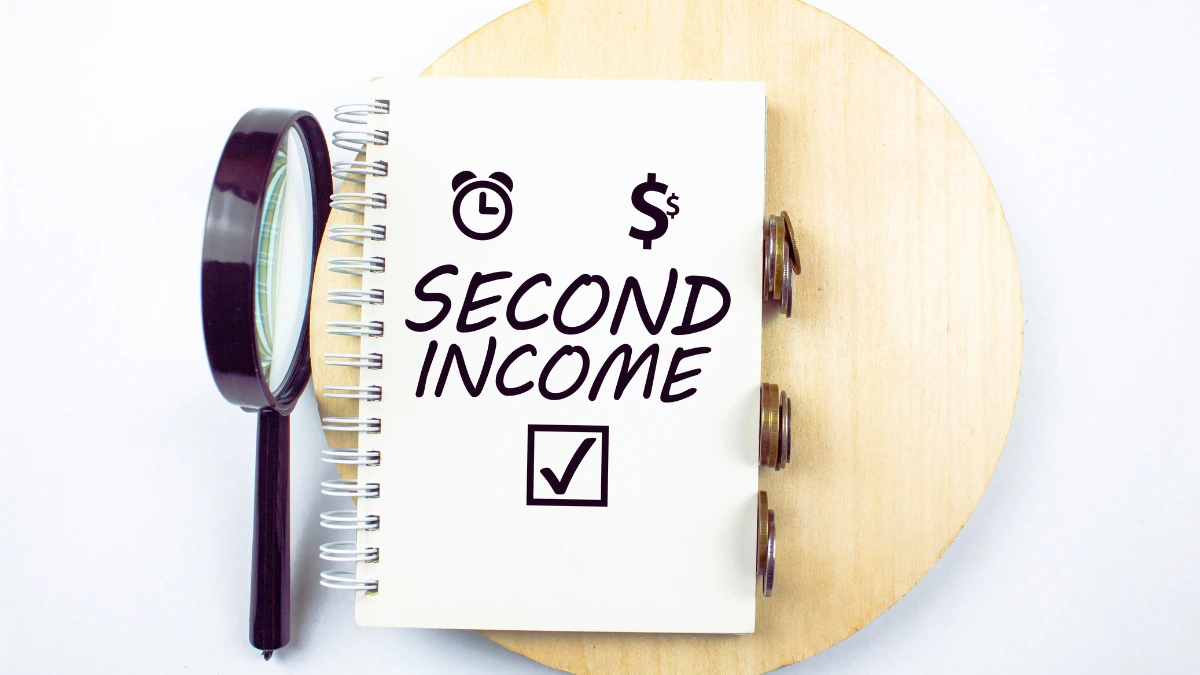
Saving alone wouldn’t be enough to catch up completely. I needed to attack income from multiple angles simultaneously.
My strategy focused on maximizing both my primary job income and developing sustainable side income streams.
At my main job, I made myself indispensable by volunteering for high-visibility projects and taking on additional responsibilities.
I researched salary benchmarks and negotiated raises every 18 months with data-backed presentations.
Professional certifications, particularly Project Management Professional (PMP), increased my market value significantly. Over ten years, my primary salary increased by 42%.
Side hustles provided additional income streams that accelerated my savings rate. Online tutoring in my area of expertise generated $1,000 to $1,500 monthly, working 12-15 hours per week.
Freelance writing added another $1,000 monthly for about 6 hours of work weekly. Every extra dollar from raises, bonuses, and side income went directly to savings and investments.
5. Fort Knox Emergency Fund: Building Security
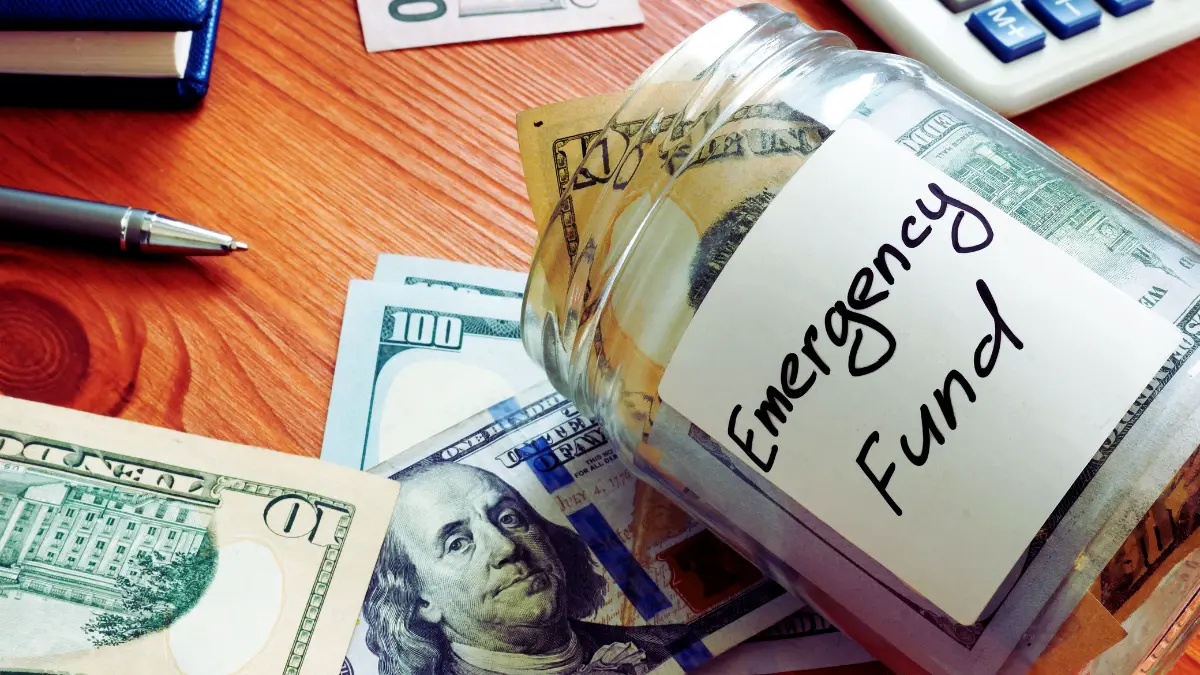
Building a substantial emergency fund was non-negotiable for long-term financial security. While paying down debt, I accumulated a starter emergency fund of $1,000 in a high-yield savings account earning approximately 4.5% interest.
This provided basic protection against unexpected expenses without derailing debt elimination efforts.
After becoming debt-free, I aggressively built the emergency fund to cover six months of essential living expenses, totaling $18,000.
This money stayed completely liquid and separate from investment accounts. The fund wasn’t an investment but insurance against life’s inevitable surprises.
This emergency fund proved its worth twice during my journey. A major car repair and a three-month gap between side gig contracts were handled without touching retirement savings or going back into debt.
Having this financial cushion provided tremendous peace of mind and allowed me to take calculated risks with career moves and investment strategies.
Phase 3: Sustainable Lifestyle and Mindset
Long-term success requires developing habits and mindsets that can be maintained indefinitely. This wasn’t about temporary deprivation but creating a sustainable approach to money management.
6. The Spartan but Sustainable Mindset

My philosophy centered on intentional living rather than mindless consumption. This was a seven-year financial sprint followed by sustainable vigilance.
I learned to distinguish clearly between genuine needs and manufactured wants, making conscious choices about every purchase.
Key practices included staying in modest housing despite income increases and driving vehicles until repair costs exceeded their value. I used cash envelopes for groceries and entertainment, limiting discretionary spending to $100 monthly.
A 48-hour cooling-off period was required for any non-essential purchase over $50. Twice yearly, I implemented complete no-spend months to reset spending habits.
Free activities became sources of genuine enjoyment rather than expensive entertainment. Libraries, hiking trails, parks, and potlucks with friends provided fulfillment without financial strain.
I focused on health through inexpensive gym memberships and running. These activities often proved more satisfying than costly alternatives I had previously considered necessary.
The Bigger Picture: Why This Matters

The retirement savings crisis in America is real and growing. According to the Federal Reserve Survey of Consumer Finances, the median 401(k) balance is only $25,000-$40,000.
These statistics represent millions of people heading toward retirement unprepared for the financial realities they’ll face.
Healthcare costs alone pose a significant threat to retirement security. Over half of workers report that rising medical expenses hinder their ability to save for retirement.
The average retiree will spend over $300,000 on healthcare during retirement, making adequate savings even more critical.
My situation at 45 wasn’t unique but rather representative of a broader crisis. However, the catch-up provisions in retirement accounts, combined with disciplined execution, can still produce substantial results even for late starters. The key is recognizing the problem early enough to take corrective action.
Results at 55: The Numbers and Mindset

Today, the transformation is complete, and the results speak for themselves:
- Retirement Accounts: $383,000 combined between 401(k) and Roth IRA
- Emergency Fund: $22,000 in high-yield savings account
- Consumer Debt: Zero, completely eliminated
- Net Worth: Over $420,000, up from nearly zero at 45
- Monthly Cash Flow: Completely positive with automated maximum contributions
- Future Projection: $1.2 to $1.5 million by age 65 with continued contributions
- Mindset: Complete financial peace and control over my destiny
- Lifestyle: Comfortable living well below means without deprivation
- Work: Optional rather than mandatory, providing true freedom
